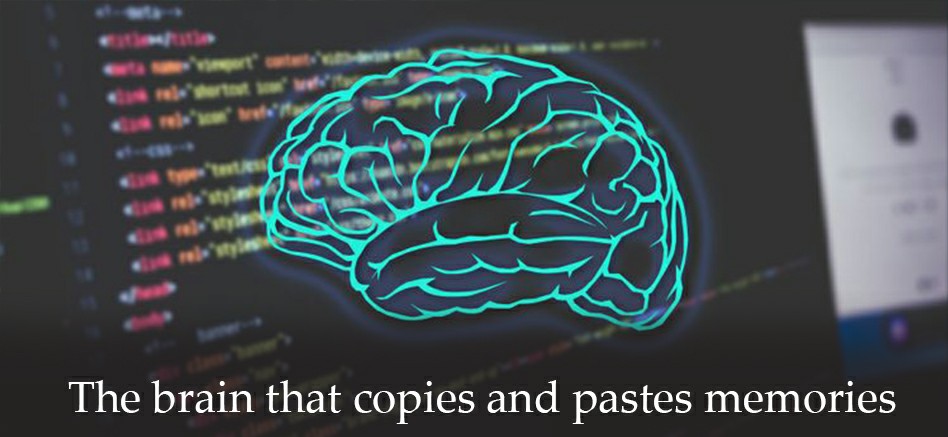
The brain that copies and pastes memories
For decades we thought that memories were made up of two distinct stages. That is, first in the short term and then in the long term. We are wrong. According to new research, our brain makes two copies of each memory, the moment those memories occur. One is filed in the hippocampus, the center of short-term memory, and the other is stored in our living cortex.
The BBC’s James Gallagher reports that the findings, which have been widely accepted by neuroscientists for more than 50 years, were published recently;
Dr. Amy Milton, a memory researcher at the University of Cambridge, described the study as “beautiful, beautiful, and extremely fascinating.”
“I am amazed,” she told the BBC News website.
“The idea that I need a cortex for comfortable memories, but it’s amazing to get it so quickly.”
“This is just one study. But I think they got a strong case. I think it’s convincing and it tells us how memories are stored in people.”
But when connected, memories form in both the cortex and the hippocampus simultaneously. But during the first few days, only the neurons in the hippocampus work to regain memory.
Researchers at the Riken-MIT Center for Neural Circuit Genetics in Japan used a relatively new technology called Optogenetics to examine the role of memory, the hippocampus and the cortex. In optics, mice were genetically linked to activate a light-sensitive protein in some neurons. By attaching thin fiber optic cables to the delicate brain, researchers can effectively activate and deactivate specific neurons, allowing them to track their activity.